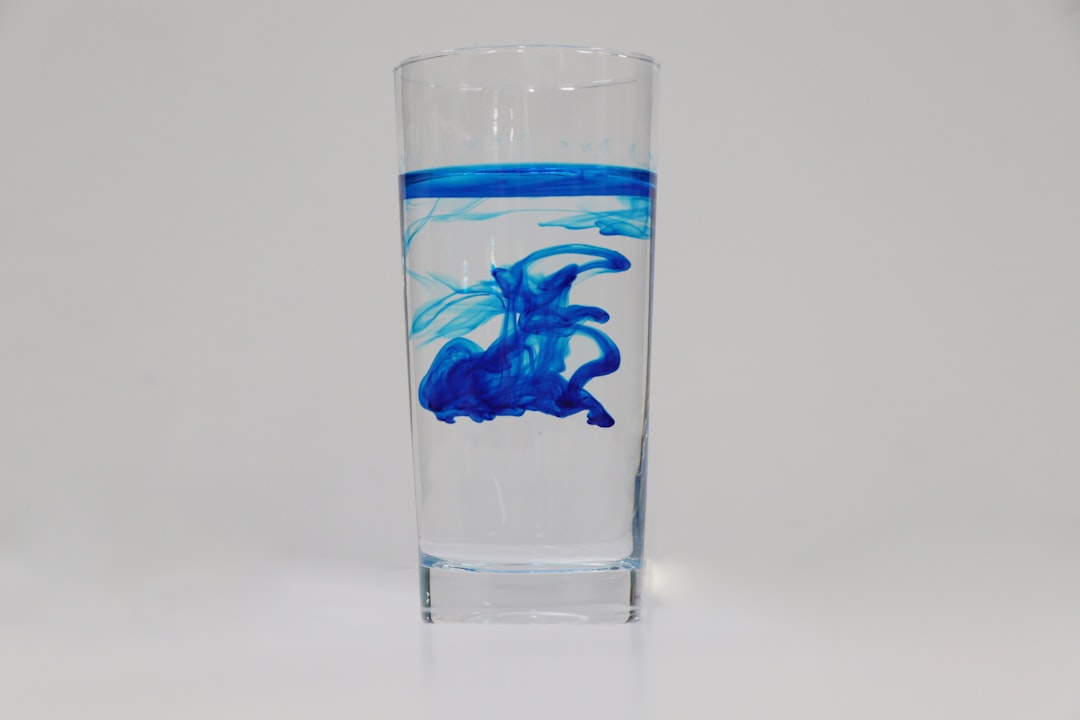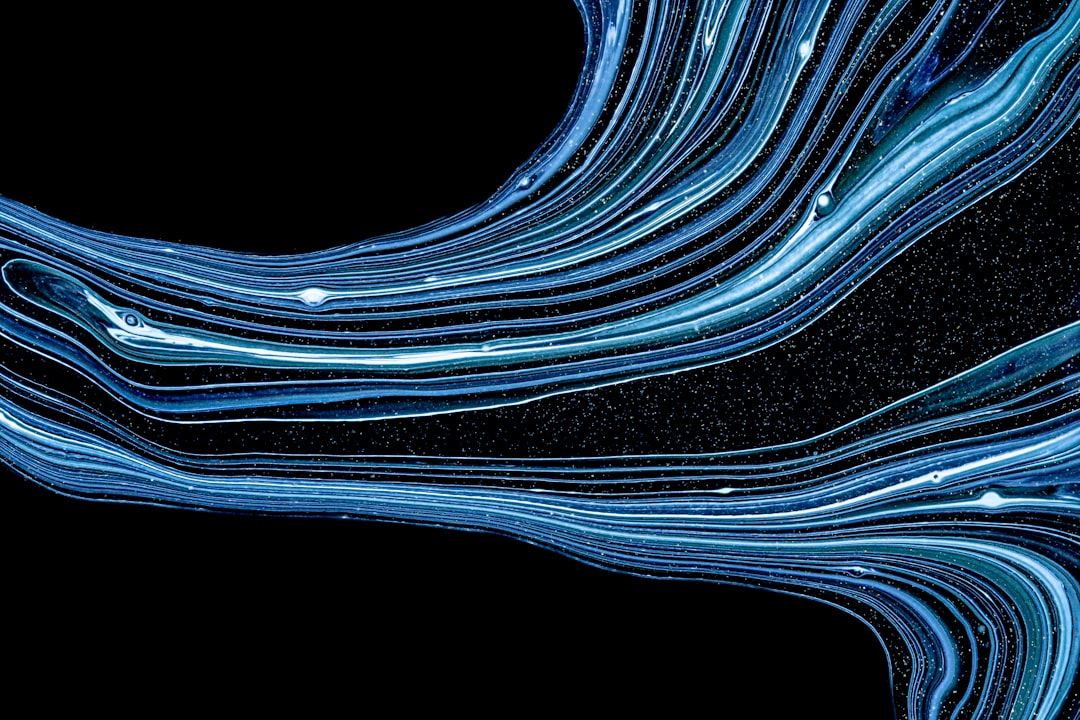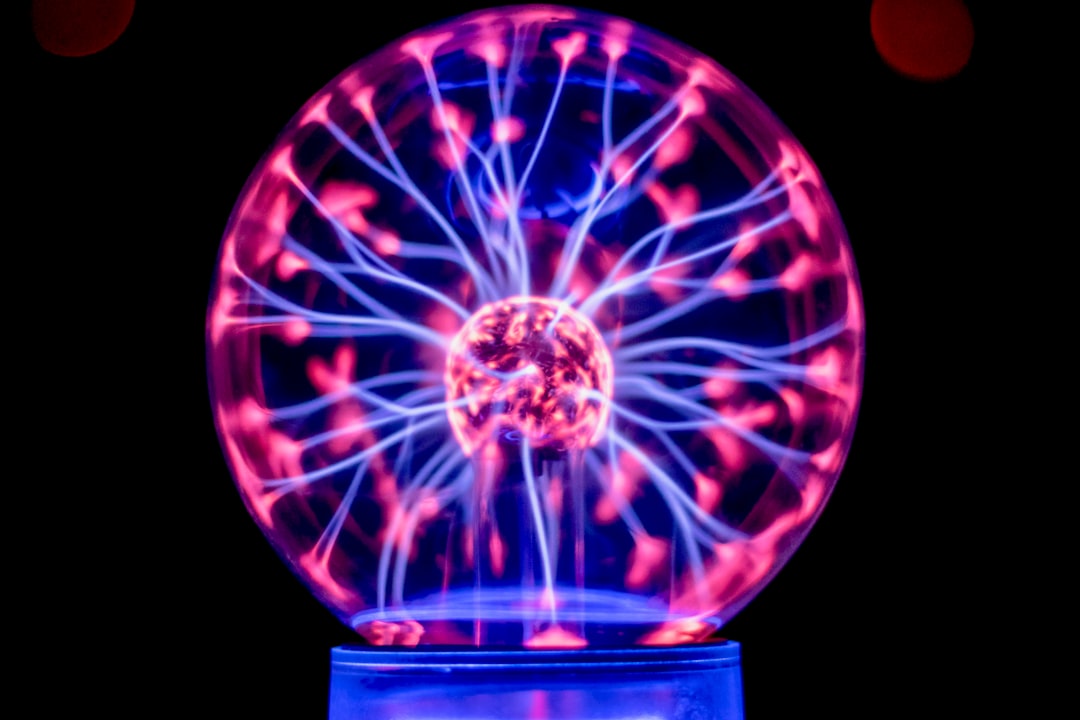What is it about?
This paper looks at the evolution of spherical, self-gravitating aggregates (a representation of small asteroids) when their interiors are either stronger or weaker than their surfaces. We show that there is a specific relative strength for the interior so that early failure is avoided and that it is possible to obtain a shape similar to that of asteroid Itokawa (visited by the Hayabusa mission) if a weak interior is considered.
Featured Image
Why is it important?
Though much of the work that has been done about asteroid considers them to be homogeneous, there is not special reason to consider that this assumption is correct. Furthermore, some observations together with theoretical work have shown that for some asteroids, a interiors of different strength are a real possibility. However, this has not been systematically investigated.
Perspectives
I think the work in this area is just starting. More realistic simulations are still needed so that heterogeneities can be better, if not yet fully, understood. For now we have limited our study to differences in strength due to cohesion, but there are others that have not been yet investigated. The inclusion of large, non-spherical boulders can radically change internal macro-porosity as well as the ability for a body to reshape. We will try to tackle these problems in the near future, but there is still a long way to go before saying we fully understand granular asteroids.
Dr Diego P Sánchez Lana
University of Colorado Boulder
Read the Original
This page is a summary of: Rotational evolution of self-gravitating aggregates with cores of variable strength, Planetary and Space Science, April 2018, Elsevier,
DOI: 10.1016/j.pss.2018.04.001.
You can read the full text:
Contributors
The following have contributed to this page










